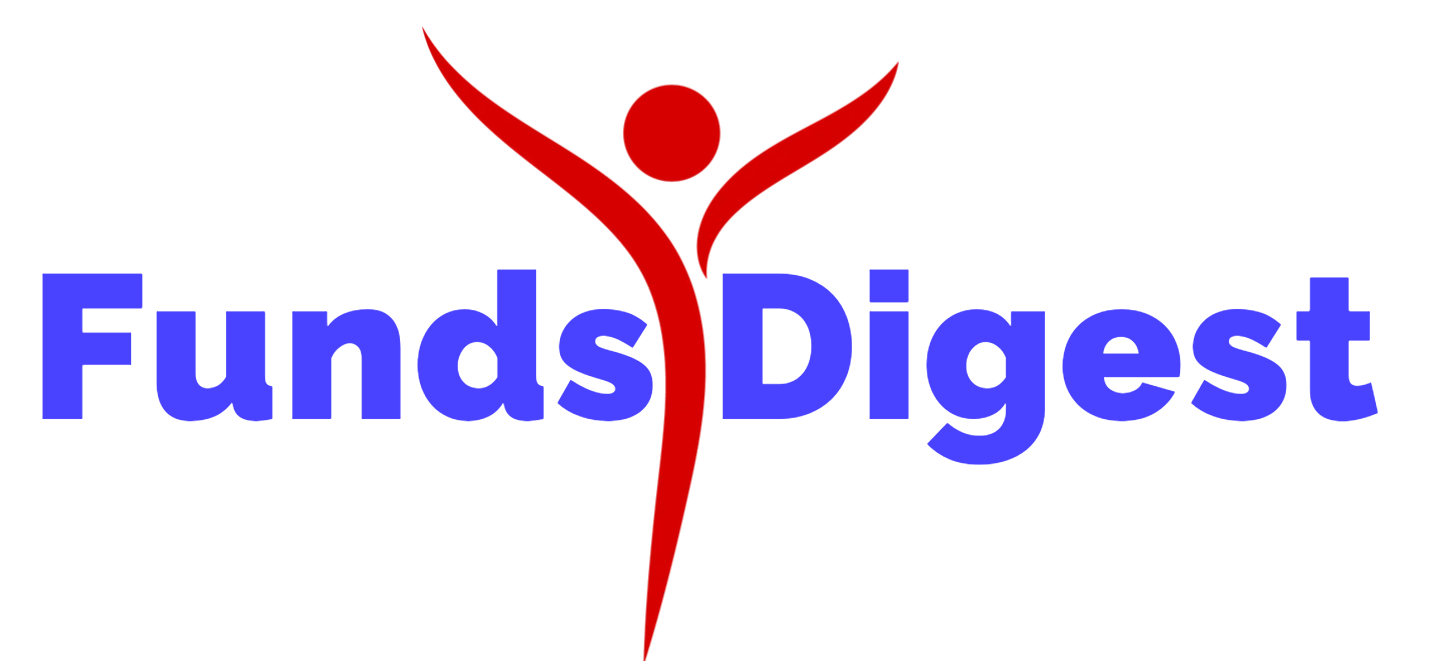
Private school choice is being greatly expanded at the federal level as lawmakers have enacted a tax credit for education scholarships that creates an unprecedented national model for supporting vouchers.
Earlier this month, President Donald Trump signed the One Big Beautiful Bill Act into law. This package establishes a permanent tax credit that will match donations, dollar-for-dollar, that individuals make to state-approved, federally recognized scholarship granting organizations, or SGOs. This is unlike any other tax credit for K-12 private school choice programs.
Here are three takeaways for education companies in the market to remember about the new federal school choice program:
Across the country, there’s been a surge of Education Savings Accounts, which provide tax credits to families for private school purchases – not just tuition, but also tutoring, curriculum, and computing devices, and other options.
Those voucher programs – strongly backed by Republicans – have greatly expanded over time.
According to EdChoice data, there are currently 22 tax credit scholarship programs in 18 states, three tax credit education savings accounts in three states, five individual refundable state tax credits in five states, and four individual state tax credit programs in three states for purchases related to the parent’s educational expenses for their children.
Eleven states, plus Washington, D.C. and Puerto Rico, have school choice programs but do not have tax credit-funded support for parents.
The new federal program works much differently.
The tax mechanism encourages individuals or corporations to donate to nonprofits that distribute school choice scholarships to children. Donors to those organizations will get the same amount reduced in their taxes owed.
The tax credit will be matched up to $1,700 per individual taxpayer, and there is no cap on the total amount of donations. The program begins in 2027. So it is organizations – not individual families – who are receiving money that ultimately gets used for private school-associated costs.
The caveat: States must opt in to this program, meaning states that currently lack private school choice programs or have governors who express opposition are less likely to participate.
“This is really unprecedented and huge for families that don’t live in a state like Arizona, Florida, Arkansas, which have true universal school choice,” said Colyn Ritter, senior research associate for Edchoice, a nonprofit that advocates for private school choice. But ultimately, it will come down to whether states choose to participate in the program, he added.
Voucher programs are enormously divisive in K-12 education. Critics see them as diverting funding and enrollment from public schools to programs that aren’t held to the same scrutiny as traditional school districts. Supporters view them as giving more options to families, particularly those dissatisfied with public schools in their area.
“This program will hurt underserved students, including those in rural communities,” said Senator Mazie K. Hirono (D-Hawaii) during a spotlight forum hosted by Senate Democrats in June. “It will hurt students with disabilities, and it will hurt their families,”
Under this new federal program – which was backed by President Trump and Republican federal lawmakers — students qualify for a scholarship if they come from a household earning no more than 300% of their county’s median income and if they’re eligible to attend a public school.
Over time, education companies trying to sell their products to families will have expanded access to populations in states that opt in.
Eligible expenses for money that goes to support private school choice include things like tuition, tutoring, extracurricular activities, special needs services, books, supplies, computers, and transportation.
It’s also stackable with other existing choice programs across states, like education savings accounts, Ritter said.
‘What this means for companies is that there’s going to be more attention paid to vendors,” as this program opens up access to private school choice to more families, Ritter said. “Interested parties – whether they’re opponents or advocates or families – will be interested in looking at what are considered eligible expenses.”
As families across the country begin to learn about the new federal tax credit, private school choice advocates say there may need to be an effort to clarify the rules for participating scholarship granting organizations and families, said Leslie Hiner, vice president of legal policy for Edchoice.
“With a little more than 17 months before the tax credit is available to donors, these early discussions are necessary to make sure this tax credit remains a simple tax credit for donations to nonprofits offering scholarships,” she said.
Many people who file tax returns are aware of other types of credits that allow the taxpayer to keep a little bit more of their earned income in return for contributing to a good cause, she added.
However, there’s relatively less awareness, by comparison, of how the new school choice-focused program’s tax incentive works, in the sense that it’s a deduction based off nonprofit donations collected for the express purpose of providing scholarships to children to attend a school of their choice.
“This will really depend on how this gets implemented and what happens in each state,” Ritter said, “but generally, the attitude is that people are open to reinventing and rethinking how K-12 education gets delivered to each student.”

Recent Comments